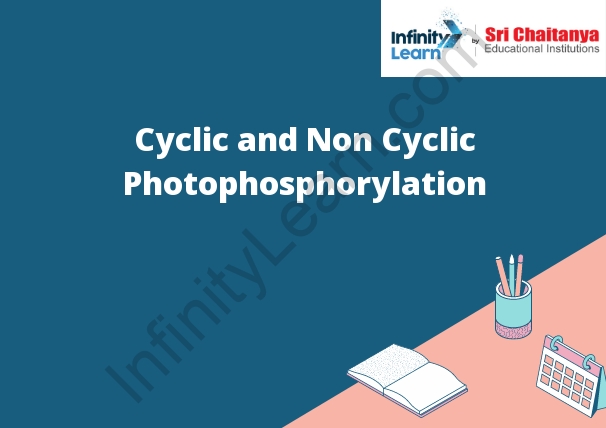Table of Contents
What is Photophosphorylation?
Photophosphorylation is the process of light energy being converted into chemical energy in the form of adenosine triphosphate (ATP). This process occurs in the thylakoid membranes of photosystems I and II. Light energy is absorbed by chlorophyll and converted into excited electrons. These electrons are transferred to the electron transport chain, where they are used to produce ATP.

ATP and Reaction
ATP is an energy-carrying molecule that is produced by the body’s cells. It is used to fuel many different biochemical reactions, including muscle contraction and the synthesis of DNA and proteins.
ATP is produced when two molecules of ADP are combined with a molecule of phosphate. The energy released by this reaction is used to power cellular processes.
Non-Cyclic Photophosphorylation
Non-cyclic photophosphorylation is the process by which light energy is converted into ATP. The light energy is used to create a high-energy electron-phosphorus bond in the photosystem II molecule. This bond is then used to create ATP from ADP and inorganic phosphate.
Difference between Cyclic Photophosphorylation and Non- Cyclic Photophosphorylation
Cyclic photophosphorylation is a process of photosynthesis that uses light energy to convert carbon dioxide into organic molecules such as glucose. The process of cyclic photophosphorylation is also called the Calvin cycle. The Calvin cycle is a series of chemical reactions that occur in the chloroplasts of photosynthetic cells.
Non-cyclic photophosphorylation is a process of photosynthesis that uses light energy to convert carbon dioxide into organic molecules such as glucose. The process of non-cyclic photophosphorylation is also called the light-dependent reaction. The light-dependent reaction is a series of chemical reactions that occur in the thylakoid membranes of photosynthetic cells.







